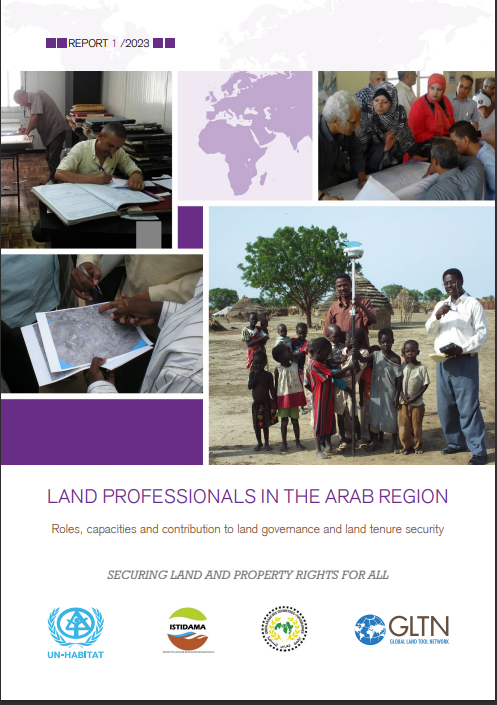Effects of the Most Appropriate Proportion of Phytohormones on Tree-Ring Growth in Clones of Hybrid Larch
The increase in the atmospheric carbon dioxide concentration promotes its accumulation in trees by regulating the synthesis and transportation genes for endogenous hormones, such as IAA and GA, which are key factors in regulating various life activities, including growth rings.












